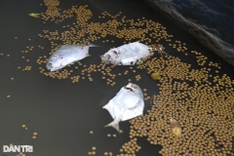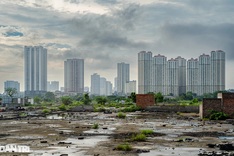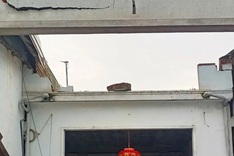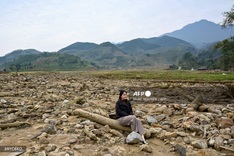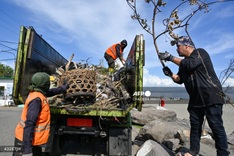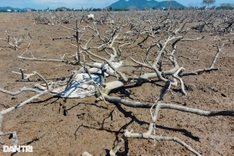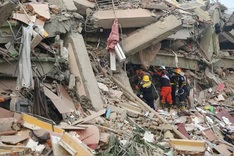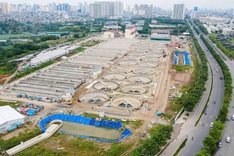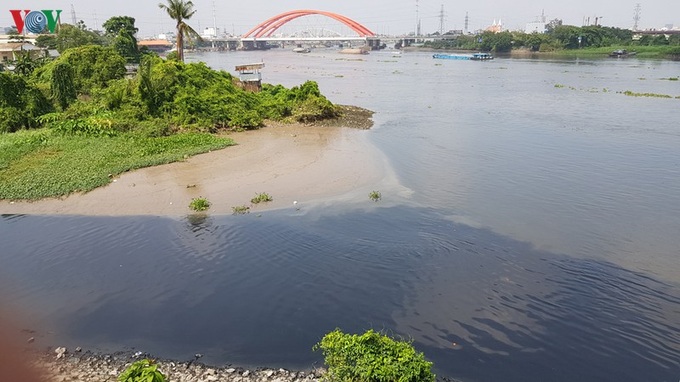
Saigon River is being polluted
Dinh Cong San from the Southern Institute of Water Resources Research said the city was trying to stop underground water exploitation so it was very important to protect the water sources from lakes and rivers. Saigon River is one of the main water sources for the city's water plant.
"It's very clear that industrial facilities are polluting the river but even if the city issues a ban, the river will still be polluted," he said.
Tranh Kim Thach from Saigon Water Supply Company said the ammonium level in Saigon River was two to three times higher than permitted.
Statistics from the Asian Research Centre for the Water Resources-Ho Chi Minh City University of Technology, show that a citizen throws away an average 350g to 7.2kg or plastic waste into the lakes and rivers each year. A cubic metre of water from Saigon River contains 10 to 233 plastic pieces. A cubic metre of water from Seine River only contains 0.28-0.47 plastic pieces.
Parts of the plastic waste will be swept into the ocean while the remaining parts will sink into the riverbed. The plastic waste takes hundreds of years to decompose. They will not disappear during the decomposition process but become the microplastics which will be consumed by fish and exposed to the human diet. A part of the microplastics will accumulate inside the body and become health risks.
According to Thach, the company has carried out many plans to deal with the pollution such as building a reservoir and working with the managers of Tri An and Dau Tieng lakes to control water discharge timely.
"More serious pollution means higher treatment cost. If the pollution continues getting worse, our system may not be able to cope with it. The city needs long-term treatment to deal with the problem now," he said.
The authorities across Vietnam have called on the citizens and businesses to limit the use of plastic products, especially disposable plastic products, and stop littering the environment.


